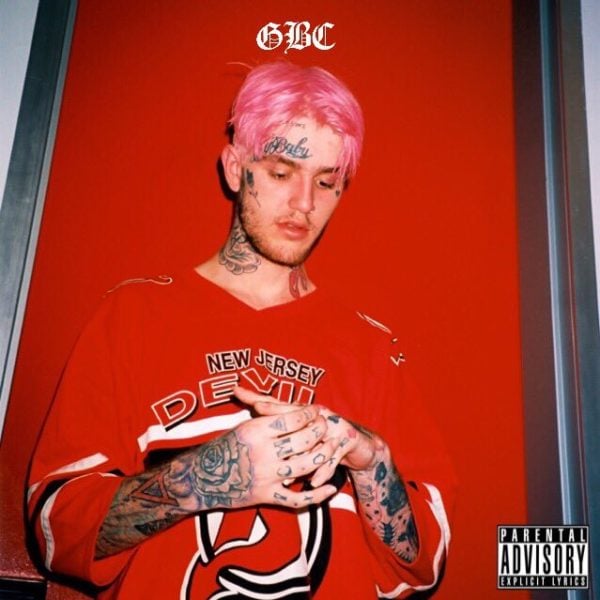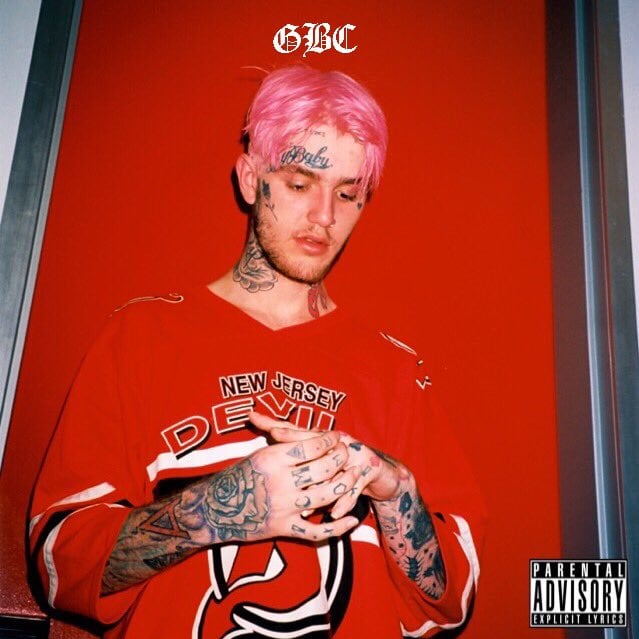
On Wednesday, Nov. 15, just before he was scheduled to take the stage at a concert in Tucson, Arizona, rapper Lil Peep was found unresponsive in his tour bus. In the hours that followed, the musician, who had recently staged a rapid ascent from SoundCloud obscurity to relative fame, was pronounced dead. Though an exact cause has not yet been confirmed, all signs point towards a drug overdose — according to screenshots of direct messages exchanged between a member of his entourage and a Tucson drug dealer, they had arranged for “joints, wax, pods and Xans” to be delivered to the site of the concert. Just two weeks earlier, Peep had celebrated his birthday. He was 21.
To many of his close acquaintances and fans, the news came as no surprise. Days before the overdose, the rapper posted a series of candid, disturbing images to Instagram that suggested he was struggling — a blurry profile shot featuring pills on his outstretched tongue, an image of his headless torso with the caption, “When I die, you’ll love me.” Throughout his career, Peep had rapped and spoken openly about his battle with addiction, most notably to pills such as Xanax and Percocet. His manager Chase Ortega broke the news on Twitter with this brief, raw statement: “I’ve been expecting this call for a year. Mother fuck.”
Despite these public warning signs — or perhaps because of them — Lil Peep’s death has incited an online firestorm of disbelief, shock and grief. In the wake of his overdose, he has reached a level of recognition he hadn’t quite managed to attain during his brief but impressive career. Given the buzz surrounding his first full-length album, “Come Over When You’re Sober,” it’s possible he was headed in the direction of big-time success — many of his peers described his death as a tragic waste of untapped musical potential. In any case, regardless of whether they were familiar with the rapper before his death, the Internet peanut gallery is suddenly ablaze with opinions on Lil Peep.
Some have leveraged the tragedy as an opportunity to preach against the widespread glorification of substance abuse, noting that the use of drugs like Xanax is woven tightly into the cultural fabric of Soundcloud rap — the niche Internet genre where Peep, along with mainstream stars like Lil Yachty and Lil Uzi Vert, got his start. Other criticisms are decidedly personal — a good chunk of the Internet appears unsurprised that someone who chose to cover his face, neck and body in tattoos would also engage in the kind of self-destructive behavior that might eventually result in permanent harm. Some are simply fascinated by the macabre fact of his death. In the hours following his overdose, a graphic video of his motionless body went viral — Peep is shown slumped in a tour-bus seat, mouth open, chin tilted skyward. The individual recording the video, a fellow member of the emo-rap collective GothBoiClique, zooms in on the figure. He’s too high to realize that he’s filming a dead body.
These responses span a broad emotional spectrum, ranging from genuine grief to self-righteous judgment to the kind of sick fascination that keeps you staring at car wreck or a wound. Though disparate and varied, they constitute a clear fixation on the late rapper and his fate. It’s almost certain that this obsession will fade, subsumed by another tragedy or revelation of sexual misconduct, but it’s worth examining why the passing of Lil Peep, born and raised as Gustav Ahr in an unremarkable Long Island suburb, has commanded our attention.
Perhaps the answer lies buried in his music. Peep’s appearance certainly contributed to his rise to fame — tall, gaunt and covered in tattoos from his face to his feet, there was nonetheless a sheepish, soft quality to the way he carried himself, a contradictory kind of handsome that propelled him to a part-time gig as a runway model for an Italian menswear brand. But it was his sound, not his aesthetic, that truly won over the bulk of his fans. Peep pioneered an uncategorizable blend of emo and trap, blending atmospheric, melancholy guitar riffs with rattling, distorted snares. His lyrics, delivered in a sneering drawl reminiscent of emo figureheads like the late Chester Bennington, openly discussed heartbreak, depression, self-loathing and drug abuse. Certain songs are cringeworthy in their lyrical banality, but some of his more popular tracks — for instance, “Save that Shit” and “Awful Things” — gleam with apt production and unfiltered emotion. Somehow, delivered in Peep’s hoarse, insistent vocals, melodramatic lines like “burn me down ‘til I’m nothing but memories” become convincing, nearly touching. Heard in the context of his death, they’re enough to give even a cynical listener chills.
Peep belonged to a generation that has taught itself to process pain in a performative, aestheticized manner. People openly discuss deep sadness and hopelessness but in a calculated way, engineered to feed their manufactured online identities. It has become trendy to adopt Twitter handles that semi-ironically incorporate words like “sad” and “trash,” to fire off acidic jokes about getting blackout drunk or not wanting to wake up in the morning. Against the backdrop of a vocal online cohort with an alarming aptitude for converting heartbreak, depression and existential dread into sardonic, neatly packaged memes, Lil Peep’s work stands apart. His music was an unprocessed, unironic expression of his hurt — not always good, but nearly always honest.
Like his perplexing array of tattoos — a broken heart on his cheek, or the word “Crybaby” curling over his right eyebrow — Peep’s musical refusal to dilute inner experience both entranced and repelled droves of listeners. Now, these same audiences are alarmed, confused and fascinated by the fact of his death. It was jarring enough for an online populace accustomed to discussing depression and addiction in self-conscious, sarcastic shorthand to hear Peep shout his powerlessness over a beat, to see him write his pain on his body. But it’s damn near impossible to process the fact that his high-visibility struggle has culminated in the worst possible outcome; that, at 21, Gustav Ahr is really gone. Try as we might to blame SoundCloud rap culture, the opioid crisis or the man himself, there’s no making sense of this. So we chatter into the void, offering up judgment, attempts at rationalization, halting expressions of grief. And in spite of ourselves, we watch the video of his final hours, transfixed by an image of embodied pain that can’t be compressed into a joke or a meme.
In the days following his death, seven of Lil Peep’s songs have risen onto Spotify’s U.S. Viral 50, a chart-like playlist composed of the country’s most rapidly shared and circulated tracks. Perhaps, in the absence of explanation, the best way to honor the late rapper is to keep listening — to him, and to each other, in hopes that we don’t overlook the same kinds of warning signs that shadowed his final posts on social media. Lil Peep was equal parts creative and courageous, possessed of just the right mix of brave and crazy it takes to inject vulnerability into a musical realm shaped by drug use, violence and hypermasculinity. His pain is done now. Let’s hope we can honor him by becoming a little more perceptive of hurt — both the kind we see in others and the kind we experience within ourselves.
Contact Clare Flanagan at ckflan ‘at’ stanford.edu.
